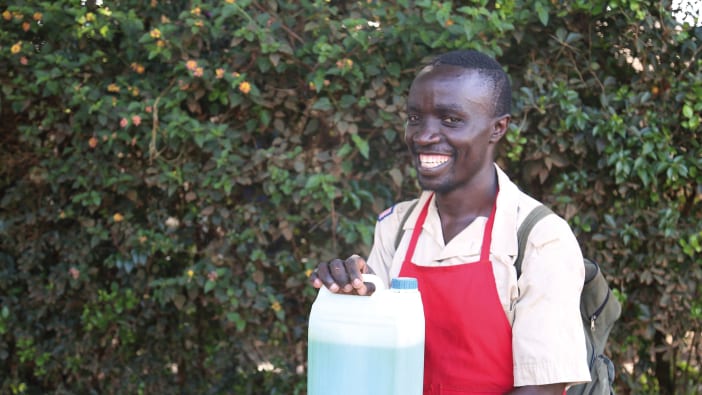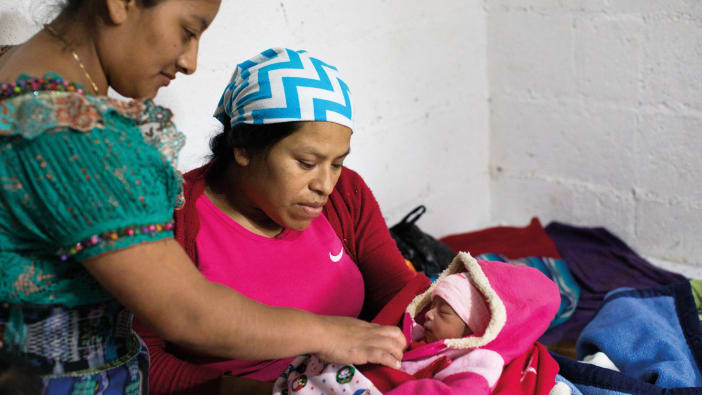There are now over 40 million people living with HIV worldwide. In 2005, another 4.1 million people became infected and 2.8 million died of AIDS-related illnesses.
A key challenge for the church today is to find a biblical response to the pandemic that is truly relevant and effective in the face of the realities of our world. The church should be leading the way. Reflecting on the Bible themes of grace, empathy and humility can challenge stigma. Speaking out against injustice can begin to change harmful attitudes. Tearfund facilitated a workshop for its partners and other Christian groups in Nigeria this year to discuss broadening their approaches to HIV prevention.
Condom use
At the workshop we discussed risk reduction approaches, including the appropriate use of condoms in HIV prevention work. Many in the churches believe that condoms encourage promiscuity. They are happy to talk about abstinence and fidelity, but are not willing to give accurate or full information about condoms.
Christians are called to love and serve people, not to judge them. Is it possible to love a person by withholding information that could save their life? The workshop participants agreed that to save lives it is necessary to reduce, wherever possible, people’s immediate risk of infection. Condoms can prevent the transmission of HIV and other sexually transmitted infections. An appropriate context for providing information about condoms is that of pastoral counselling and care, including marriage preparation and youth work. This context of trust and relationship gives people the opportunity to discuss any concerns.
Broader approaches
For many in the church, this issue of condom use is a major point of disagreement and can become the focus of discussion. However, it should be seen as just one part of a more complete and effective approach to HIV prevention. Education and advocacy work is also needed to address the wider social issues that make people vulnerable to HIV. This includes:
- Advocating for better access to antiretroviral drugs and encouraging voluntary counselling and testing.
- Addressing stigma. Christians could lead the way in breaking down barriers of fear, shame and misunderstanding, by recognising that HIV is not a judgment of God on sinners. It is a virus that can affect anyone.
- Challenging the way women are viewed and treated. Gender inequalities and cultural practices like female genital mutilation increase the vulnerability of women to HIV.
The church needs to look beyond its current responses to HIV, which are not adequate.
Rev Dr David Evans is an independent consultant on HIV and former Tearfund HIV and AIDS Advisor.
Email: [email protected]
Valuing life
Tearfund promotes abstinence before marriage and faithfulness within marriage as the ideal for sexual relationships. The reality is that we are working in a world where poverty is widespread, human rights are often ignored, and abuse is common. It is therefore not enough to talk only about abstinence and faithfulness. Someone may be raped. Their partner may be unfaithful. Poverty means that some people have no means of survival except through sex work. Gender inequalities mean that many women have little control over sexual decisions.
The extent of the pandemic forces us to engage with more complete and wide-ranging approaches to preventing the spread of HIV. Such approaches include condom use, preventing mother-to-child transmission, provision of antiretroviral drugs, voluntary counselling and testing services and provision of clean needles and syringes.
We need to save lives and show God’s love and care for all people in an unjust and broken world.










